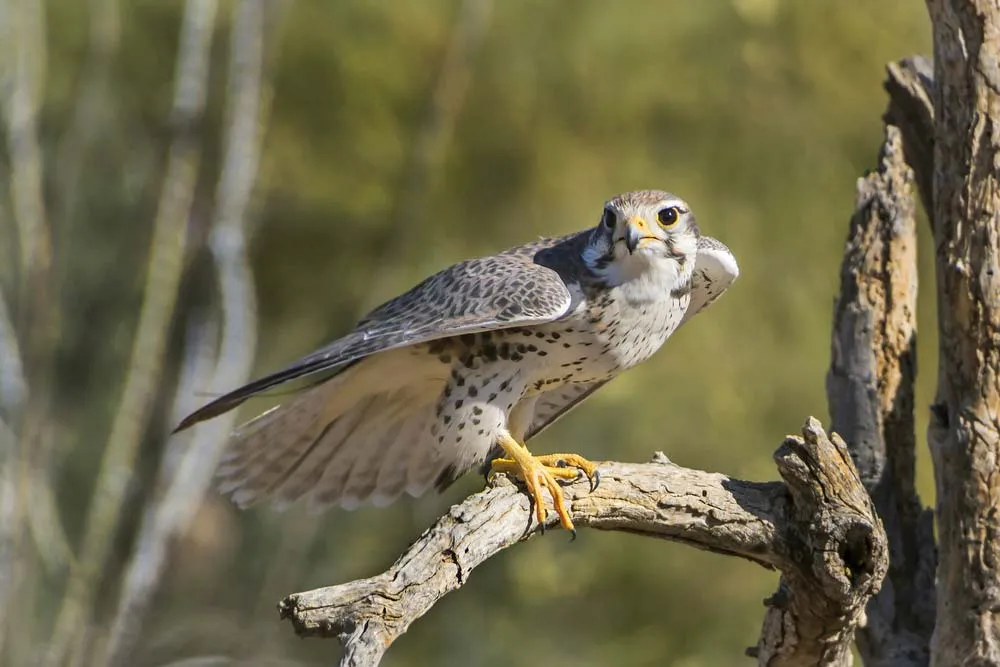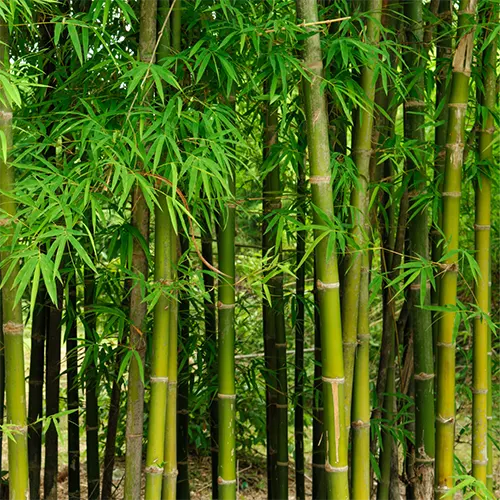Nature’s Record Holders
Introduction:
The natural world is a vast and wondrous domain, filled with life forms that exhibit astounding abilities, unparalleled physical traits, and mind-boggling behaviors. From the tallest trees and the fastest animals to the oldest living organisms, nature’s record holders continue to amaze scientists and enthusiasts alike. This exploration will dive into the champions of the natural world across various categories, celebrating their unique and awe-inspiring characteristics.
Tallest Living Organism: The Coast Redwood
Standing proudly in the misty forests of California, the coast redwood (Sequoia sempervirens) reigns as the tallest living organism on Earth. The current record-holder, a tree named Hyperion, reaches an astounding height of 379.7 feet (115.7 meters). These towering giants are not just impressive in stature but are also remarkable for their longevity, with some specimens exceeding 2,000 years of age.
The secret to their incredible height lies in their environment. The coastal fog provides a consistent source of moisture, while nutrient-rich soils support their growth. Their bark, which can be up to a foot thick, acts as a natural fire retardant and pest deterrent, further aiding their survival.


Fastest Animal: The Peregrine Falcon
Speed is the peregrine falcon’s middle name. When hunting, this avian predator performs a stoop, a high-speed dive, reaching speeds of over 240 mph (386 km/h). This makes it not only the fastest bird but also the fastest animal on the planet.
Adaptations like strong, streamlined bodies, stiff feathers, and acute vision enable peregrine falcons to execute their high-speed dives with precision. Their hunting prowess is a testament to evolution’s ability to craft specialized survival tools.

Largest Living Animal: The Blue Whale
The blue whale (Balaenoptera musculus) is a leviathan of the seas, dwarfing every other animal on Earth. These marine giants can grow up to 100 feet (30 meters) in length and weigh as much as 200 tons. To sustain their massive size, blue whales consume up to 4 tons of krill daily during feeding seasons.
Despite their enormity, blue whales are gentle creatures, using their powerful vocalizations to communicate over vast oceanic distances. Sadly, they face threats from ship strikes, climate change, and pollution, making conservation efforts crucial to their survival.

Smallest Mammal: The Bumblebee Bat
On the opposite end of the size spectrum, the bumblebee bat (Craseonycteris thonglongyai) holds the title for the smallest mammal. Native to Thailand and Myanmar, this tiny creature weighs a mere 2 grams and measures about 1.1 inches (2.8 cm) in length.
Despite its diminutive size, the bumblebee bat exhibits remarkable adaptations, including echolocation for navigating its environment. Its status as a record-holder highlights the incredible diversity of life on Earth.

Longest Migration: The Arctic Tern
The Arctic tern (Sterna paradisaea) is a master of endurance, undertaking the longest migration of any animal. These birds travel an astonishing 44,000 miles (71,000 km) annually, journeying from their breeding grounds in the Arctic to wintering areas in the Antarctic.
This epic journey ensures that Arctic terns experience more daylight than any other creature, effectively living a perpetual summer. Their long migrations demonstrate the power of instinct and the resilience of nature’s travelers.

Oldest Living Organism: The Great Basin Bristlecone Pine
In the arid landscapes of California, Nevada, and Utah, the Great Basin bristlecone pine (Pinus longaeva) silently witnesses the passage of millennia. The oldest known individual, nicknamed Methuselah, is over 4,800 years old.
These trees owe their longevity to their slow growth, dense wood, and ability to withstand harsh conditions. By thriving in nutrient-poor soils and enduring extreme climates, bristlecone pines exemplify resilience in the face of adversity.

Deepest Diver: The Cuvier’s Beaked Whale
For diving depth, the Cuvier’s beaked whale (Ziphius cavirostris) reigns supreme. These elusive cetaceans have been recorded plunging to depths of nearly 10,000 feet (3,048 meters) and can hold their breath for over two hours.
Their secret lies in specialized adaptations, such as collapsible lungs and high concentrations of myoglobin, which allow them to store oxygen efficiently. These incredible feats enable them to forage in the deep ocean, far beyond the reach of sunlight.

Largest Flower: Rafflesia arnoldii
In the dense rainforests of Southeast Asia, Rafflesia arnoldii, also known as the corpse flower, claims the title of the world’s largest flower. Measuring up to 3 feet (1 meter) in diameter and weighing around 15 pounds (7 kilograms), this parasitic plant is as fascinating as it is peculiar.
Its pungent odor, reminiscent of rotting flesh, attracts carrion flies, which serve as its pollinators. Despite its unorthodox methods, Rafflesia arnoldii underscores the ingenuity of nature’s survival strategies.

Longest-Lived Animal: The Greenland Shark
The Greenland shark (Somniosus microcephalus) is a living time capsule, with individuals estimated to live for over 400 years. Found in the icy waters of the North Atlantic, these slow-moving giants grow at an exceptionally gradual rate, about 1 cm per year.
Their extreme longevity is attributed to cold water environments and a slow metabolism. As silent witnesses to centuries of change, Greenland sharks offer unique insights into the mysteries of aging and marine ecosystems.

Strongest Creature: The Dung Beetle
When it comes to raw strength, the dung beetle is the undisputed champion. These industrious insects can move objects over 1,000 times their own body weight, making them the strongest animal relative to size.
Dung beetles play a critical ecological role by recycling nutrients and aerating soil. Their Herculean efforts are a reminder that even the smallest creatures can have an outsized impact on the environment.

Largest Insect Swarm: The Desert Locust
The desert locust (Schistocerca gregaria) is infamous for forming swarms of biblical proportions. These swarms can cover hundreds of square miles and include billions of individuals, consuming vast amounts of vegetation in their path.
While devastating to agriculture, locust swarms are a natural phenomenon driven by environmental conditions. Understanding their behavior is vital for mitigating their impact and protecting global food security.

Brightest Bioluminescence: The Lanternfish
Deep in the ocean’s twilight zone, the lanternfish shines as one of the brightest bioluminescent creatures. Equipped with specialized light-emitting organs, these small fish use bioluminescence for communication, camouflage, and predator evasion.
Lanternfish play a crucial role in marine food webs, serving as prey for larger predators and contributing to nutrient cycling. Their luminous displays add a touch of magic to the mysterious depths of the sea.

Most Poisonous Animal: The Golden Poison Frog
The golden poison frog (Phyllobates terribilis), native to Colombia, is a tiny amphibian with a deadly reputation. Its skin secretes a potent toxin known as batrachotoxin, capable of killing up to 10 humans.
These vibrant frogs derive their toxicity from their diet, consuming toxic insects and plants in their environment. Their bright coloration serves as a warning to potential predators, illustrating nature’s use of both beauty and danger.

Longest-Living Fungus: Armillaria ostoyae
Beneath the forests of Oregon lies a fungal giant known as Armillaria ostoyae, or the Humongous Fungus. Spanning an estimated 2.4 miles (3.8 km) and weighing hundreds of tons, this organism is considered the largest and possibly the oldest living fungus, estimated to be around 2,500 years old.
This subterranean network, composed of mycelial threads, highlights the hidden yet essential role fungi play in ecosystems. By decomposing organic matter and supporting plant growth, Armillaria ostoyae demonstrates the interconnectedness of life.

Fastest Growing Plant: Bamboo
Bamboo holds the record as the fastest-growing plant, with some species capable of growing up to 35 inches (91 cm) per day under optimal conditions. This rapid growth is fueled by its unique structure and efficient photosynthesis.
As a renewable resource, bamboo is invaluable for construction, textiles, and environmental conservation. Its versatility and sustainability underscore its importance as a green alternative in various industries.

Conclusion
Nature’s record holders remind us of the incredible diversity and adaptability of life on Earth. From the towering heights of redwoods to the depths reached by beaked whales, these extraordinary organisms inspire awe and reverence. Their stories underscore the importance of preserving biodiversity and safeguarding the delicate balance of our planet’s ecosystems. As we marvel at these natural wonders, we are called to be stewards of a world that continues to surprise and inspire us.